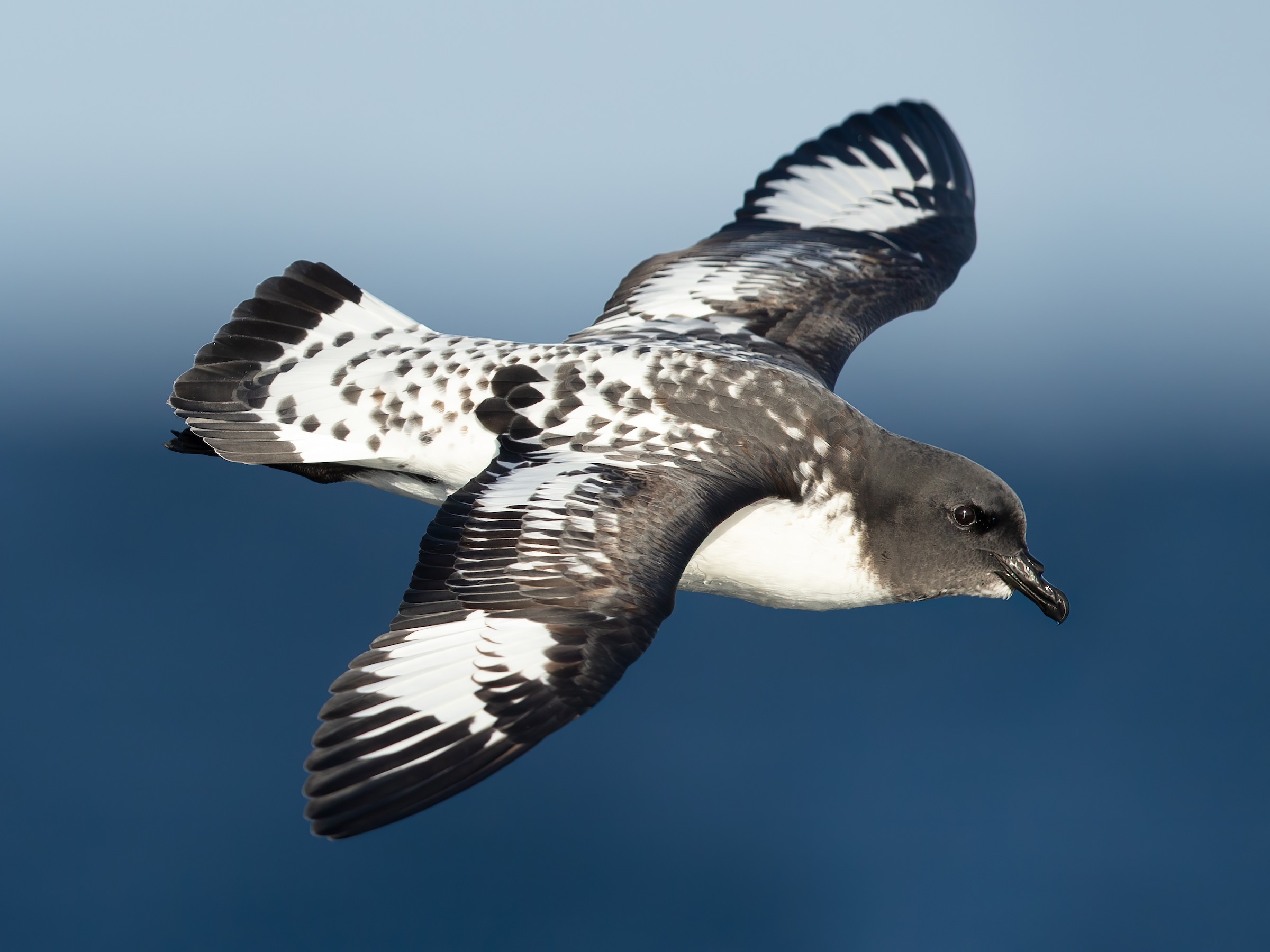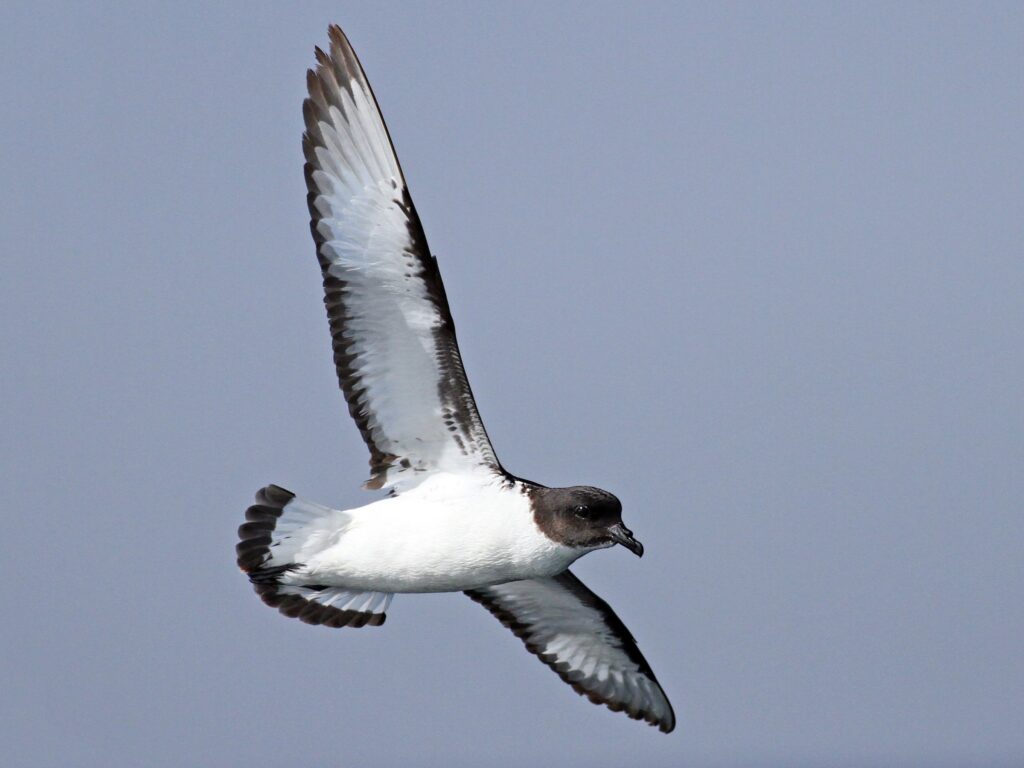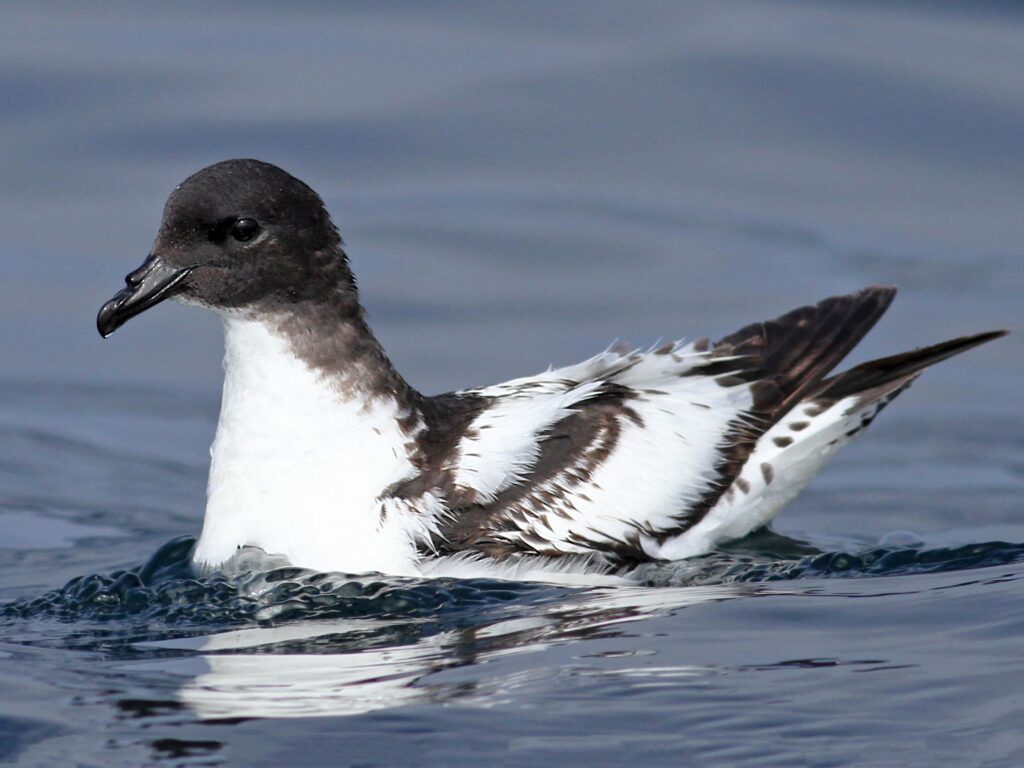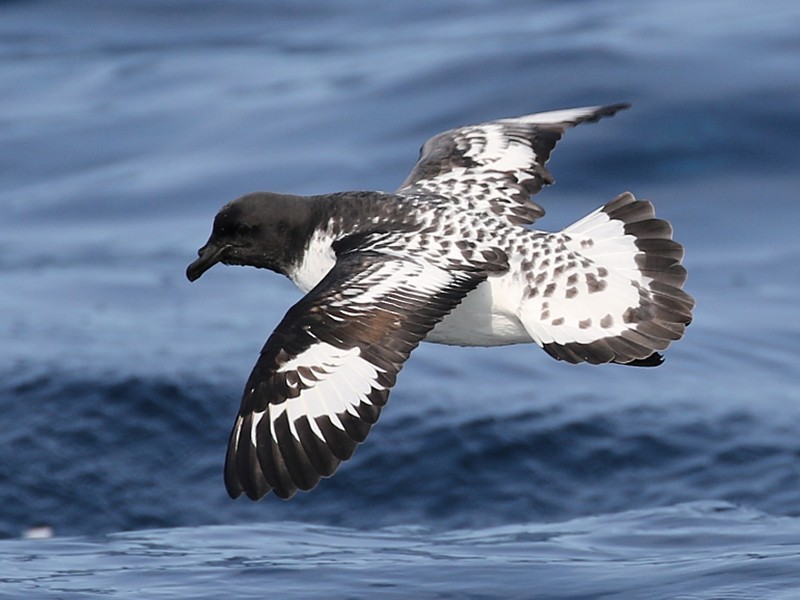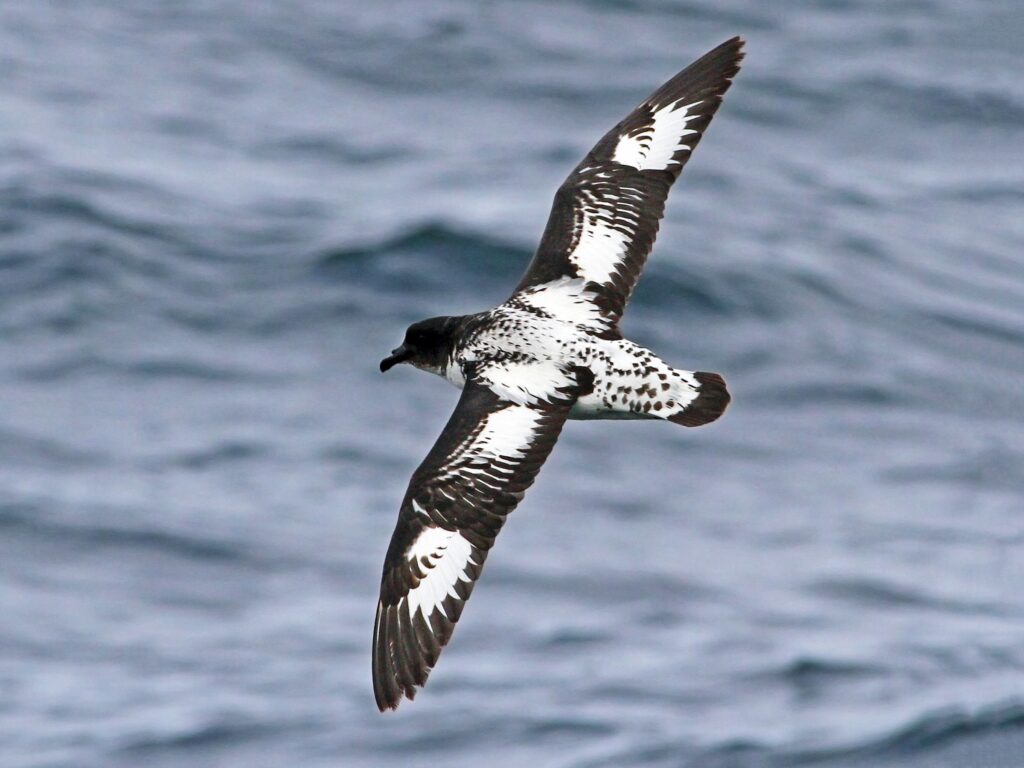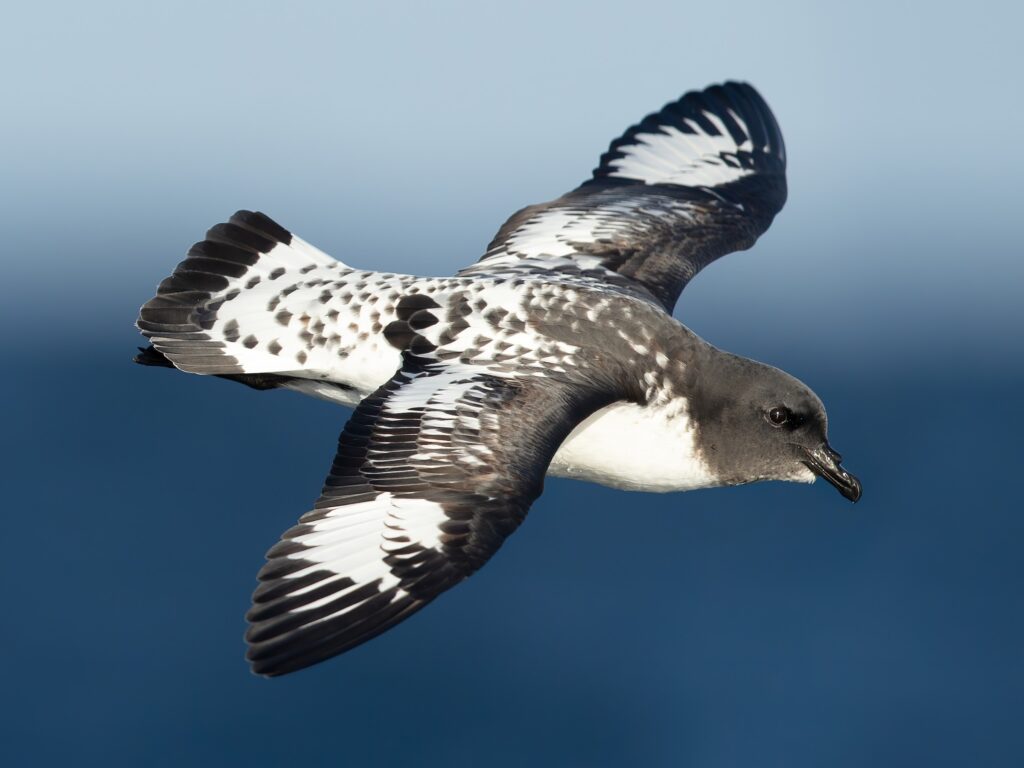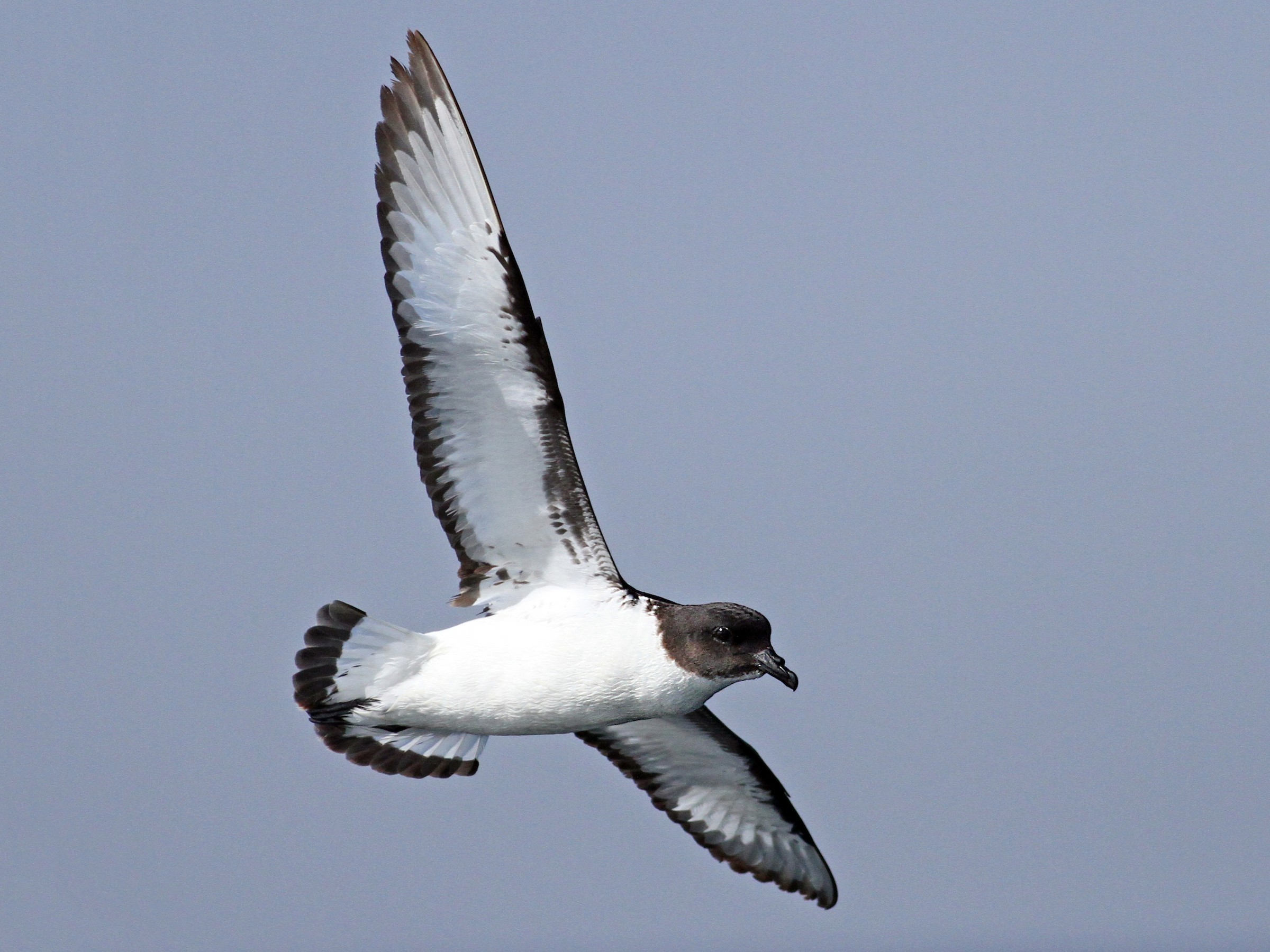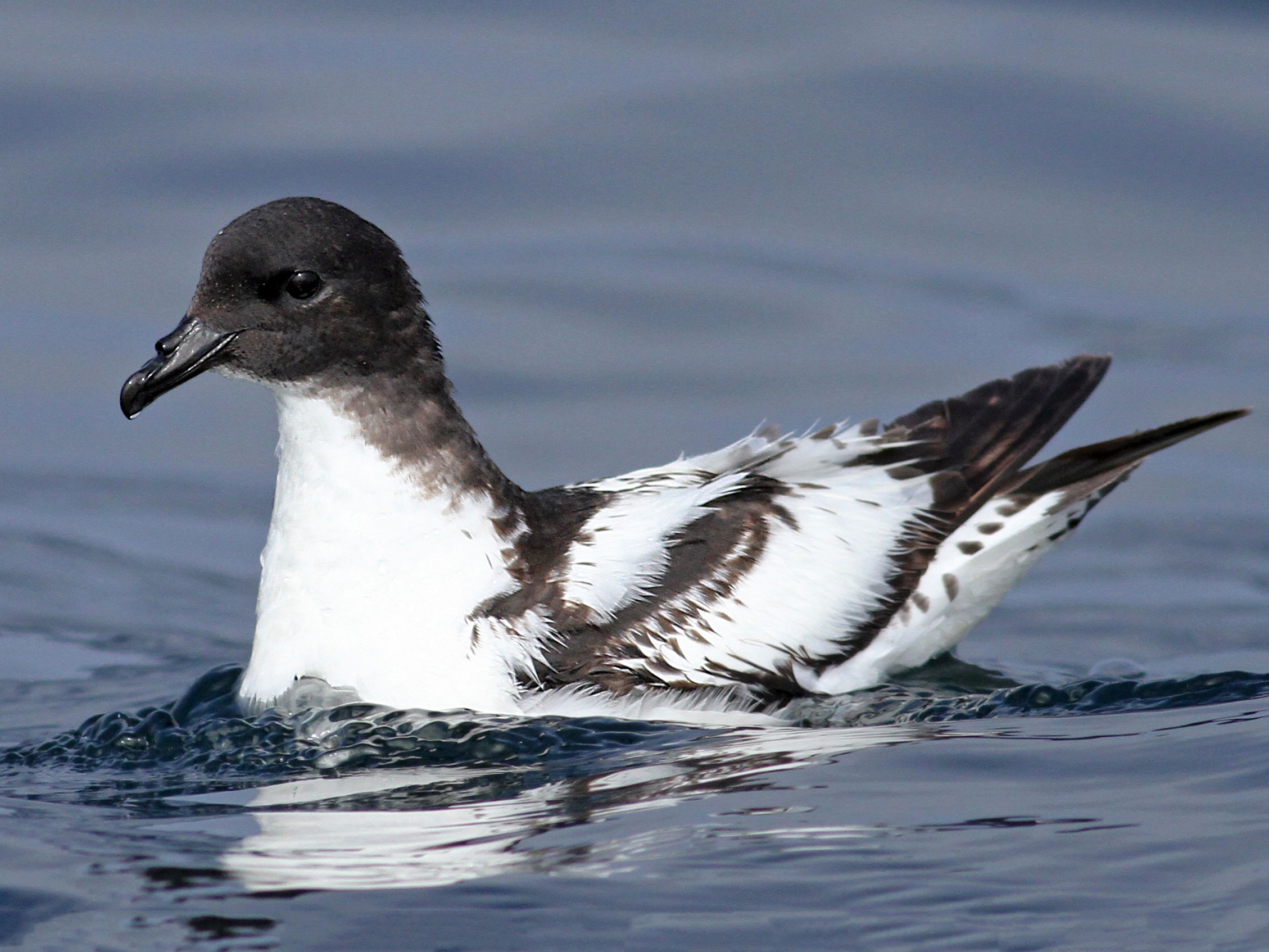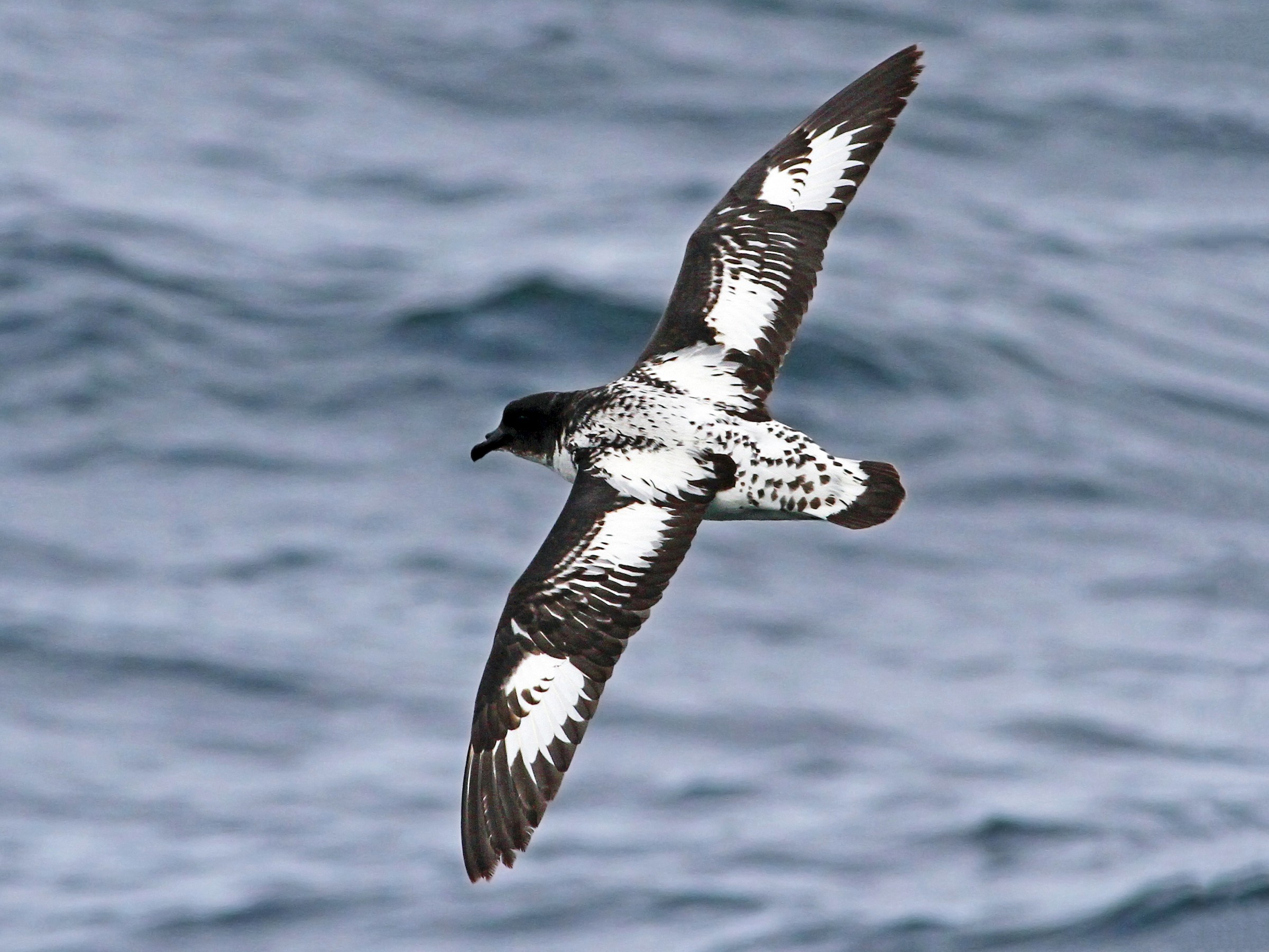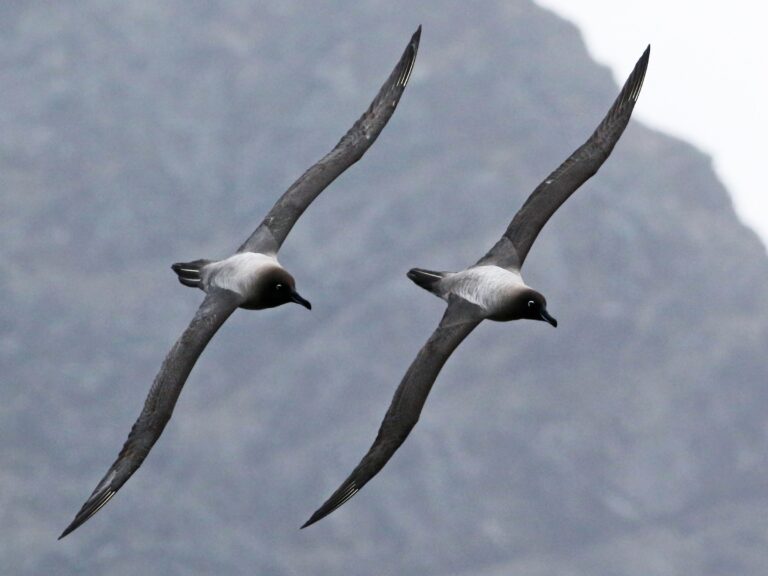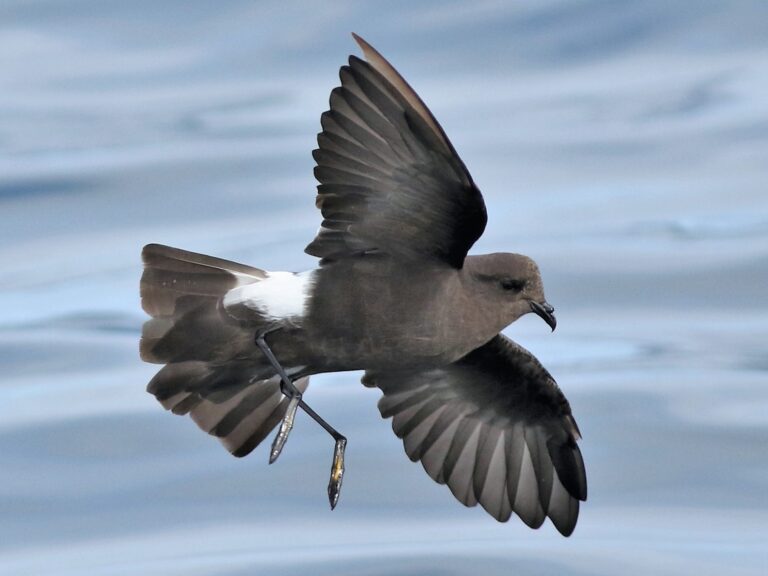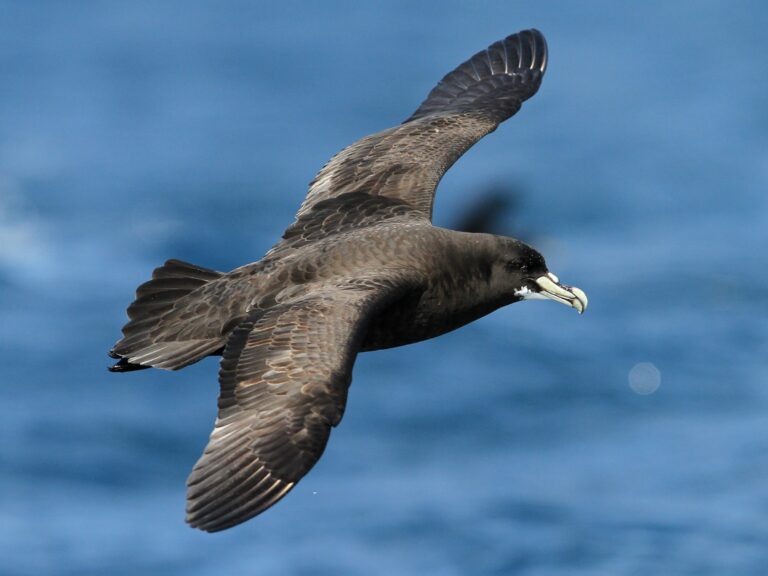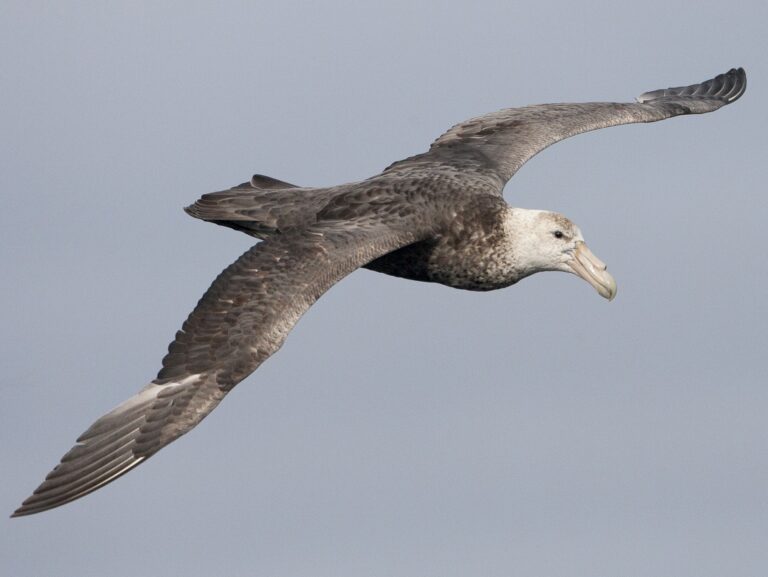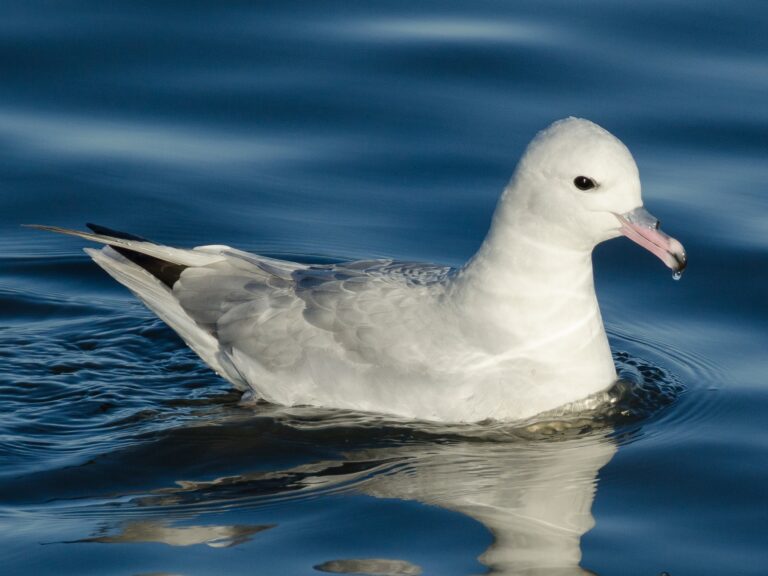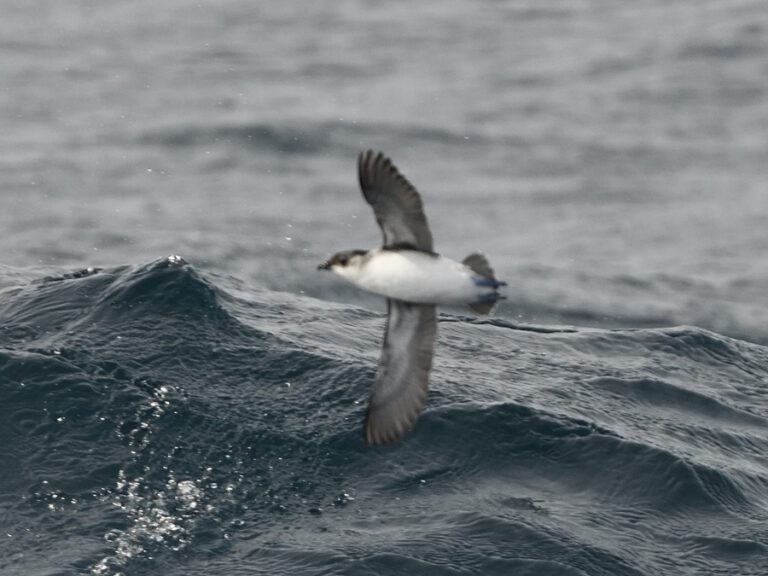Pintado Petrel: The Oceanic Explorer of the Southern Seas
The Pintado Petrel, also known as Daption capense, is a fascinating seabird found in the Southern Ocean and around sub-Antarctic islands. This species is recognized for its striking plumage and unique feeding habits, primarily relying on fish and krill. Pintado Petrels are not just notable for their appearance; they also play an important role in their ecosystem by helping to regulate marine life populations.
These birds are highly migratory and can often be seen soaring over ocean waters, feeding while in flight. They prefer rough seas, which makes them skilled at navigating turbulent environments. Their habitats range from icy Antarctic climates to more temperate regions, showcasing their adaptability.
Understanding the Pintado Petrel’s conservation status is crucial. As changes in climate and human activity impact their habitats, monitoring their populations becomes essential for preserving this remarkable seabird.
Key Takeaways
- The Pintado Petrel is known for its distinct coloring and diet of fish and krill.
- It thrives in various habitats, from Antarctic waters to sub-Antarctic islands.
- Conservation efforts are vital due to environmental changes affecting its populations.
Species Overview
The Pintado Petrel, also known as the Cape Petrel, belongs to the family Procellariidae. This seabird is notable for its distinctive markings, behavior, and feeding habits in its natural habitat.
Taxonomy and Nomenclature
The Pintado Petrel is scientifically named Daption capense. It is classified within the family Procellariidae, which includes various types of petrels and shearwaters. The species is known by several names, including Cape Petrel and Paintedd Petrel. Its taxonomic classification situates it among other fulmarine petrels, which share similar features and habitats. The Pintado Petrel is found primarily in Southern Ocean regions, especially around islands like South Georgia and the South Shetlands.
Physical Description
The Pintado Petrel has a striking appearance, with a wingspan of approximately 1.1 meters. It is characterized by a dark brown and white plumage, with distinctive markings that resemble a painter’s brushstrokes. The bird’s upper body is predominantly brown, while the underparts are white with black spots. This coloration provides excellent camouflage against the ocean waves. Its bill is robust and hooked, suited for its diet, and its webbed feet aid in swimming and flying. These traits make the Pintado Petrel easily identifiable among other seabird species.
Behavior and Diet
Pintado Petrels are highly social birds, often seen in pairs or flocks. They exhibit unique behaviors during feeding, including surface diving and scavenging around fishing boats. Their diet mainly consists of squid, fish, and krill. Research shows that fish can make up about 60% of their diet. They are particularly adept at locating food during breeding seasons, as seen in studies conducted at locations like King George Island. This adaptability plays a crucial role in their survival in the harsh Antarctic environment.
Habitat and Distribution
The Pintado Petrel, also known as the Cape Petrel, primarily inhabits the Southern Ocean and surrounding regions. Its distribution is closely linked to its breeding colonies and migratory patterns.
Breeding Colonies
Pintado Petrels breed on sub-Antarctic islands, with significant colonies located on South Georgia Island and the South Shetland Islands. They prefer rocky cliffs and steep slopes as nesting sites.
Nests are often built in crevices and under boulders, providing protection from predators. The breeding season typically occurs from late September to early February. During this time, adult birds are busy incubating eggs and feeding their chicks. As a result, the abundance of Pintado Petrels in these areas is notably higher during breeding months.
Migratory Patterns
After the breeding season, Pintado Petrels migrate extensively across the Southern Ocean. They can be found foraging in nutrient-rich waters, often following fishing vessels for food.
Migration generally occurs from late February to early April, with birds traveling as far as South Africa and even near the coasts of Argentina and Chile. This migratory behavior allows them to exploit food resources effectively. During non-breeding periods, Pintado Petrels may also be seen in regions of the Antarctic Peninsula, demonstrating their adaptability to various habitats.
Conservation Status
The conservation status of the Pintado Petrel highlights significant threats to its survival, alongside ongoing efforts to protect this unique seabird. Understanding these factors is essential for ensuring the species’ future.
Threats to Survival
Pintado Petrels face several threats that impact their populations. Climate change affects their breeding and feeding habitats, leading to changes in food availability. Rising ocean temperatures can also disrupt their marine ecosystems.
Additionally, invasive species, such as rats and feral cats, pose a direct risk to nesting sites. These predators can prey on eggs and chicks, significantly reducing reproductive success. Overfishing in their feeding areas may deplete the availability of fish and other food sources, further threatening their survival.
Moreover, pollution, particularly plastic waste, can harm these seabirds. Ingesting plastic can lead to serious health issues, affecting their growth and reproductive capabilities.
Conservation Efforts
Efforts to conserve Pintado Petrels include habitat protection and management programs. Organizations are working to control invasive species on breeding islands, helping to create safer environments for nesting.
Research initiatives focus on monitoring population trends and breeding success. This information helps guide conservation strategies and assess the effectiveness of current measures.
Education programs also play a vital role, raising awareness about the importance of seabird conservation. Engaging local communities in protecting landscapes and reducing marine pollution is crucial.
By combining these strategies, conservationists aim to improve the outlook for Pintado Petrels, ensuring their place in marine ecosystems for future generations.
Pintado Petrel Imagery
Imagery of the Pintado Petrel plays a significant role in both artistic representation and scientific study. The methods of capturing these images and the legal aspects of using them vary widely.
Photography and Videography
Pintado Petrels are commonly photographed in their natural habitats, particularly during breeding seasons. Photographers seek to capture their unique markings and behaviors. High-resolution images are essential for publications and research purposes.
Many images feature these birds in flight, showcasing their wingspan and striking colors against oceanic backdrops. Videography also provides insights into their feeding habits and social interactions.
When taking images, it’s important to follow ethical practices. Disturbing birds during nesting can have negative impacts on their populations.
Usage and Licensing
Imagery of the Pintado Petrel is available through various licensing options. Photographers may offer images as Royalty Free or Rights Managed.
- Royalty Free images allow for broad usage without ongoing fees, suitable for commercial projects.
- Rights Managed selections come with specific usage rights and restrictions.
Some images are marked Editorial Only, meaning they cannot be used for commercial advertising. Additionally, high-resolution images may be preferred to maintain quality in prints or publications.
Understanding licensing is crucial for complying with copyright laws. Restrictions may apply based on the photographer’s policies, especially if the imagery is used for profit.
Frequently Asked Questions
The Pintado Petrel, also known as the Cape Petrel, is a fascinating seabird with unique characteristics and behaviors. This section addresses common inquiries regarding its diet, features, habitat, breeding, threats, and ecological contributions.
What is the typical diet of a Cape Petrel?
The Cape Petrel primarily feeds on marine organisms. Their diet consists mainly of krill, fish, and squid. They are also known to scavenge from fishing vessels, making use of fish scraps.
What are some distinguishing features of the Cape Petrel?
The Cape Petrel has a striking appearance with a black and white plumage. It features a distinctive “V”-shaped pattern on its wings. This bird is medium-sized and has a relatively short, sturdy beak.
In what regions can the Cape Petrel typically be found?
Cape Petrels are commonly found in the Southern Ocean. They inhabit areas around Antarctica and the sub-Antarctic islands. During migration, they can also be spotted along the coasts of South America and Africa.
How does the breeding behavior of Cape Petrels manifest?
Cape Petrels are known for their monogamous breeding habits. They nest in colonies on rocky cliffs and ledges. Breeding season occurs from late spring to early summer, and both parents share incubation duties.
What are the main threats to the Cape Petrel population?
The Cape Petrel faces several threats including habitat loss and climate change. Introduction of predators, like rats and cats, on breeding islands also poses significant risks. Additionally, fishing activities can impact their food sources.
How do Cape Petrels contribute to their ecosystem?
Cape Petrels play a vital role in the marine ecosystem as scavengers. By feeding on dead fish and other organic matter, they help maintain the balance of the food web. Their presence indicates healthy oceanic conditions, making them important for ecological monitoring.
